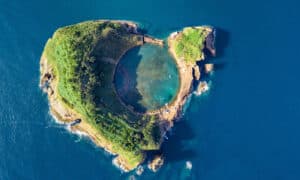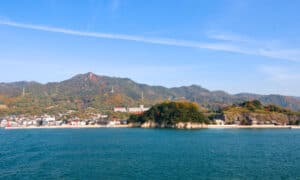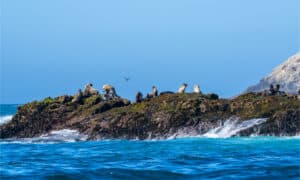Discover the Island of Socotra – The “Most Alien Looking Place on Earth”
@media (min-width: 481px) {
.mobile-top-content {
display: none;
}
}
#mobileTopContentCTACarouselControls { overflow: hidden; text-overflow: ellipsis; white-space: nowrap; }
.mobile-top-content .more { color: #fff; }
.mobile-top-content a { color: #fff; text-decoration: underline; }
.mobile-top-content a:hover { color: #fff; text-decoration: underline; }
@media (max-width: 480px) {
.mobile-top-content {
background-color: #06a10b;
color: #fff;
text-align: center;
/*height: 60px;
padding-top:5px;*/
font-size:80%;
/* display: block; */
margin: 0px -30px;
}
}
Socotra is a small Yemeni island chain off the coast of the Horn of Africa in the Indian Ocean between Somalia and Yemen. Socotra’s landscape has been called alien, and it plays host to violent winter monsoons and baking summer temperatures.
It deals with both extreme heat and heavy floods and it’s isolated, so its plant and animal life are like nowhere else in the world. They are adapted to the feast or famine nature of the weather, and these factors combined with their isolation created evolutionary oddities. Let’s discover more about Socotra now.
Why Does Socotra Have an Alien Landscape?
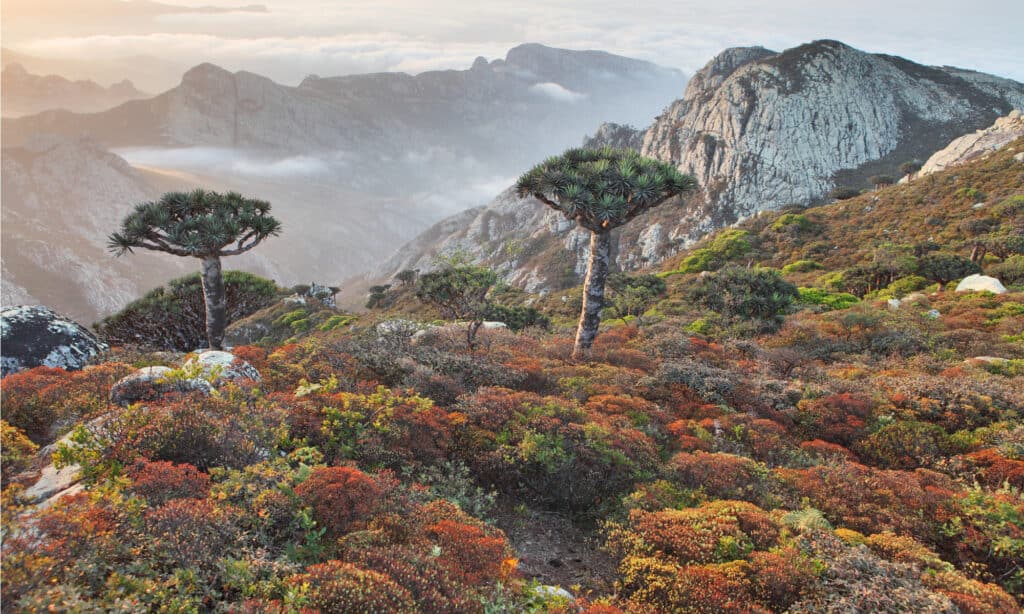
Vladimir Melnik/Shutterstock.com
Socotra is sometimes compared to a sort of Monument Valley, but it is distinctly different. It has an interior that’s a barren mountainous landscape, and there are plateaus at various altitudes, with unique and sparse shrubbery. It’s like nowhere else on earth.
Already an island over 25 million years ago, Socotra evolved on its own while the rest of the planet was still partially conjoined. There are limestone plateaus, arid mountains, and coastal plains all jammed onto one island.
This island was populated by what blew in with the winds such as seeds, birds, and insects. These things evolved without outside influence into the alien plants and animals we see today. There are trees that look like umbrellas and rose bushes that look like huge tubers.
Isolation has led to some strange-looking life and geology on Socotra which, cast against an arid background, seems like it belongs elsewhere in the solar system.
Is Socotra an Archipelago?
Yes, Socotra is the largest island in an archipelago. There are four islands in the archipelago which bear the name Socotra just like the largest island. While the main island of Socotra contains 95% of the landmass available in the archipelago, there are three other islands: Abd al Kuri, Darsa, and Samhah.
There are also two water outcrops that can’t be inhabited. These are important to birds and are geologically part of the archipelago’s collection of islands.
What Makes Socotra’s Wildlife So Unique?
Socotra is home to 700 endemic species that are found nowhere else on the planet. Because of this and some other similarities with a more famous island counterpart, it has been called the “Galapagos of the Indian Ocean.”
90% of the reptiles on the island are only found on Socotra and the bat is the only mammal on the island. These bats hang out in the island’s many caves.
95% of the snails that live on land in Socotra are also endemic and there are no amphibians on the island. New animals are being found frequently on the island including a new endemic crab.
Rare animals that you’ll see here include the Socotra warbler, the Socotra bunting, the ghost crab, the Socotra limestone crab, the Socotra cormorant, the Socotra sunbird, the Egyptian vulture, and the loggerhead turtle.
Migratory birds are also dependent on this island as a refuge during their travels. In the water, there are hundreds of coral types, more than 700 species of fish, lobsters, crabs, and shrimp.
What Makes Socotra’s Plant Life So Unique?
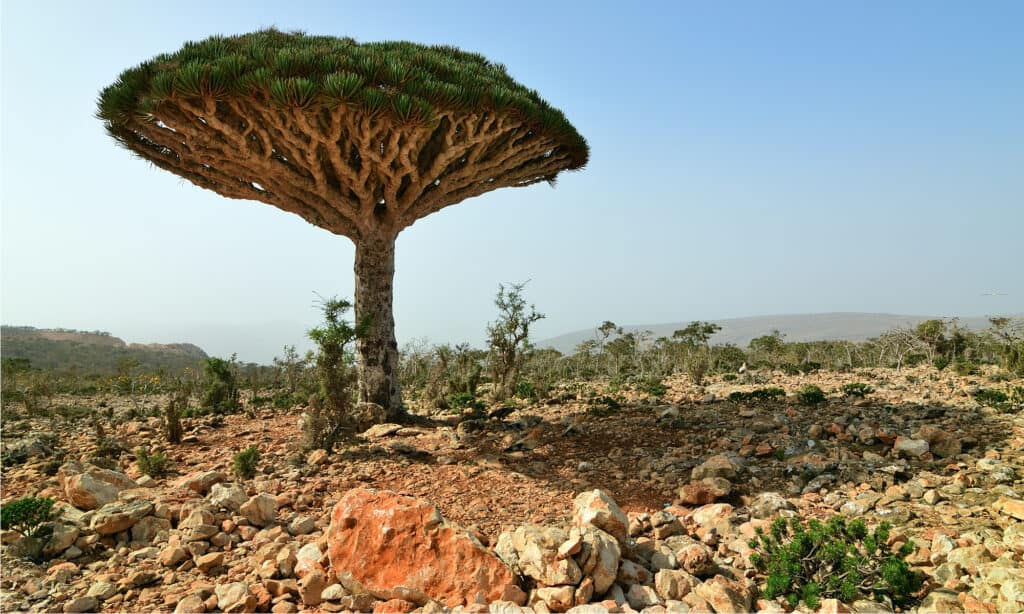
Oleg Znamenskiy/Shutterstock.com
There are about 825 different plant species on Socotra, and 307 are endemic to the island. A few of these plants on the island are the Socotra pomegranates, frankincense, various aloes, giant succulent trees, dragon’s blood trees, cucumber trees, and myrrh trees.
The dragon’s blood tree is endemic to Socotra and some of these trees are 300 years old. They are the source of a prized red resin, and this resin is used in traditional medicines and dyes. The dragon’s blood tree is also an umbrella-like tree that scatters the landscape, making Socotra seem so alien.
There are nine different kinds of frankincense on the island, and all of them are endemic. The Socotra desert rose is a stubby plant made mostly of its trunk that can store water. There are sparse leaves and flowers sticking out of the top, and it doesn’t quite look like any other plant on the planet.
Do Any Humans Live in Socotra?
Yes, around 60,000 people live in Socotra, and most of them take up residence on the main island. Tourism is increasing, but conservation efforts have kept the coastline from being developed into resorts.
Qalansiyah is one of the main towns on the largest island with a population of about four thousand people. Hadiboh is the capital and the largest developed area with a population twice the size of Qalansiyah. The rest of the population lives in towns scattered across the main island.
Food and healthcare are scarce, though a rise in ecotourism is drawing in much-needed income. There have been political conflicts that created roadblocks concerning resource acquisition, but the situation is improving.
Archaeologists discovered artifacts and bones in a cave that were at least 2,000 years old, and this shows that people have been living on Socotra for a long time. The island has developed its own language and culture through the people that are native.
What is Threatening the Plants and Wildlife on Socotra?
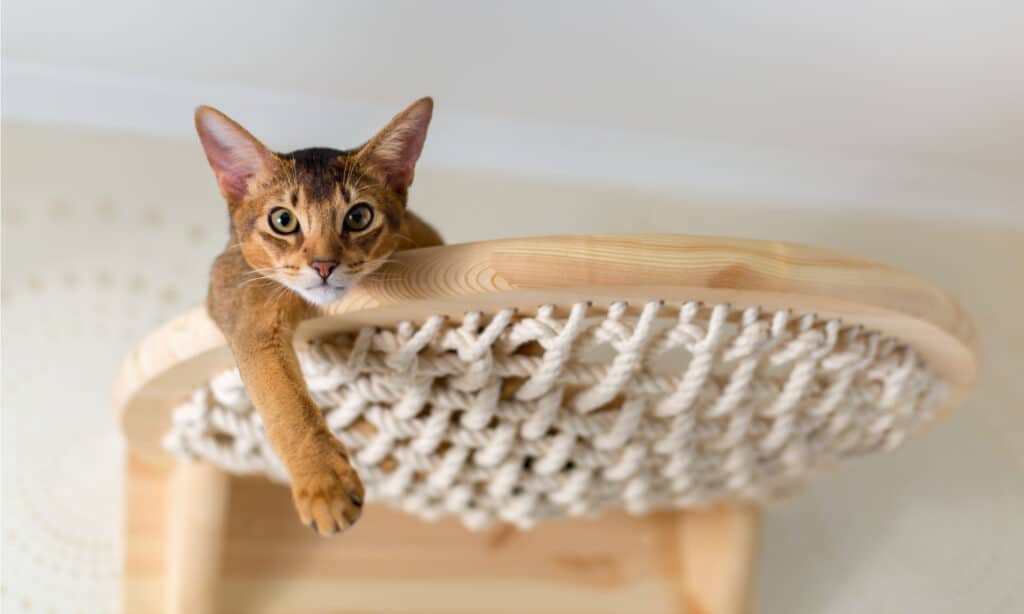
Natalia Tretiakova/Shutterstock.com
Feral cats that have been brought to the island are responsible for killing rare birds. Goats are eating the sprouts of native plants before they can grow, causing a decline in the diversity of natural flora.
Goats, camels, sheep, and cattle are important to rural life in Socotra which makes eradication programs difficult and problematic. There are also debates about whether the goat is invasive at this point as it’s been on the island for thousands of years. If the goat hadn’t been present, the island would look much different than it does today.
House crows native to India are also a problem and were introduced to the island a few decades ago. They began populating palms near people to feed off human garbage, and eradication attempts have been made.
The dragon’s blood trees on the island are growing in fewer locations and there are not many young trees taking root. Nobody is sure why this is happening, but some speculate that grazing free-range cattle take advantage of these trees as a food source.
However, there are solid conservation efforts in place. Various organizations are responsible for protecting approximately 75% of the island’s land. Important features of oceanic diversity are also protected.
More from A-Z Animals
.more-snake-card-image { max-height:140px !important; }
@media (min-width: 481px) {
.mobile-top-content {
display: none;
}
}
#mobileTopContentCTACarouselControls { overflow: hidden; text-overflow: ellipsis; white-space: nowrap; }
.mobile-top-content .more { color: #fff; }
.mobile-top-content a { color: #fff; text-decoration: underline; }
.mobile-top-content a:hover { color: #fff; text-decoration: underline; }
@media (max-width: 480px) {
.mobile-top-content {
background-color: #06a10b;
color: #fff;
text-align: center;
/*height: 60px;
padding-top:5px;*/
font-size:80%;
/* display: block; */
margin: 0px -30px;
}
}
Socotra is a small Yemeni island chain off the coast of the Horn of Africa in the Indian Ocean between Somalia and Yemen. Socotra’s landscape has been called alien, and it plays host to violent winter monsoons and baking summer temperatures.
It deals with both extreme heat and heavy floods and it’s isolated, so its plant and animal life are like nowhere else in the world. They are adapted to the feast or famine nature of the weather, and these factors combined with their isolation created evolutionary oddities. Let’s discover more about Socotra now.
Why Does Socotra Have an Alien Landscape?

Vladimir Melnik/Shutterstock.com
Socotra is sometimes compared to a sort of Monument Valley, but it is distinctly different. It has an interior that’s a barren mountainous landscape, and there are plateaus at various altitudes, with unique and sparse shrubbery. It’s like nowhere else on earth.
Already an island over 25 million years ago, Socotra evolved on its own while the rest of the planet was still partially conjoined. There are limestone plateaus, arid mountains, and coastal plains all jammed onto one island.
This island was populated by what blew in with the winds such as seeds, birds, and insects. These things evolved without outside influence into the alien plants and animals we see today. There are trees that look like umbrellas and rose bushes that look like huge tubers.
Isolation has led to some strange-looking life and geology on Socotra which, cast against an arid background, seems like it belongs elsewhere in the solar system.
Is Socotra an Archipelago?
Yes, Socotra is the largest island in an archipelago. There are four islands in the archipelago which bear the name Socotra just like the largest island. While the main island of Socotra contains 95% of the landmass available in the archipelago, there are three other islands: Abd al Kuri, Darsa, and Samhah.
There are also two water outcrops that can’t be inhabited. These are important to birds and are geologically part of the archipelago’s collection of islands.
What Makes Socotra’s Wildlife So Unique?
Socotra is home to 700 endemic species that are found nowhere else on the planet. Because of this and some other similarities with a more famous island counterpart, it has been called the “Galapagos of the Indian Ocean.”
90% of the reptiles on the island are only found on Socotra and the bat is the only mammal on the island. These bats hang out in the island’s many caves.
95% of the snails that live on land in Socotra are also endemic and there are no amphibians on the island. New animals are being found frequently on the island including a new endemic crab.
Rare animals that you’ll see here include the Socotra warbler, the Socotra bunting, the ghost crab, the Socotra limestone crab, the Socotra cormorant, the Socotra sunbird, the Egyptian vulture, and the loggerhead turtle.
Migratory birds are also dependent on this island as a refuge during their travels. In the water, there are hundreds of coral types, more than 700 species of fish, lobsters, crabs, and shrimp.
What Makes Socotra’s Plant Life So Unique?

Oleg Znamenskiy/Shutterstock.com
There are about 825 different plant species on Socotra, and 307 are endemic to the island. A few of these plants on the island are the Socotra pomegranates, frankincense, various aloes, giant succulent trees, dragon’s blood trees, cucumber trees, and myrrh trees.
The dragon’s blood tree is endemic to Socotra and some of these trees are 300 years old. They are the source of a prized red resin, and this resin is used in traditional medicines and dyes. The dragon’s blood tree is also an umbrella-like tree that scatters the landscape, making Socotra seem so alien.
There are nine different kinds of frankincense on the island, and all of them are endemic. The Socotra desert rose is a stubby plant made mostly of its trunk that can store water. There are sparse leaves and flowers sticking out of the top, and it doesn’t quite look like any other plant on the planet.
Do Any Humans Live in Socotra?
Yes, around 60,000 people live in Socotra, and most of them take up residence on the main island. Tourism is increasing, but conservation efforts have kept the coastline from being developed into resorts.
Qalansiyah is one of the main towns on the largest island with a population of about four thousand people. Hadiboh is the capital and the largest developed area with a population twice the size of Qalansiyah. The rest of the population lives in towns scattered across the main island.
Food and healthcare are scarce, though a rise in ecotourism is drawing in much-needed income. There have been political conflicts that created roadblocks concerning resource acquisition, but the situation is improving.
Archaeologists discovered artifacts and bones in a cave that were at least 2,000 years old, and this shows that people have been living on Socotra for a long time. The island has developed its own language and culture through the people that are native.
What is Threatening the Plants and Wildlife on Socotra?

Natalia Tretiakova/Shutterstock.com
Feral cats that have been brought to the island are responsible for killing rare birds. Goats are eating the sprouts of native plants before they can grow, causing a decline in the diversity of natural flora.
Goats, camels, sheep, and cattle are important to rural life in Socotra which makes eradication programs difficult and problematic. There are also debates about whether the goat is invasive at this point as it’s been on the island for thousands of years. If the goat hadn’t been present, the island would look much different than it does today.
House crows native to India are also a problem and were introduced to the island a few decades ago. They began populating palms near people to feed off human garbage, and eradication attempts have been made.
The dragon’s blood trees on the island are growing in fewer locations and there are not many young trees taking root. Nobody is sure why this is happening, but some speculate that grazing free-range cattle take advantage of these trees as a food source.
However, there are solid conservation efforts in place. Various organizations are responsible for protecting approximately 75% of the island’s land. Important features of oceanic diversity are also protected.

